Pure Skies and indoor carbon dioxide
You snooze. We all lose.
Have you ever found yourself tired after a long meeting? If you are a teacher, do your students find your lectures hard to digest? Do they start nodding off towards the end?
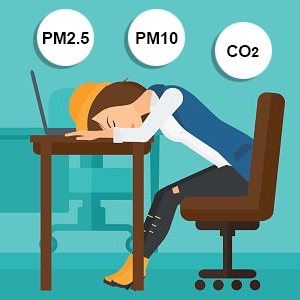
Indoor carbon dioxide is considered a pollutant gas. Normally, indoor CO2 levels should be less than 1050 parts per million (ppm). Above this level, CO2 can cause fatigue, loss in concentration drowsiness, etc.
High indoor CO2 affects our ability to carry out crucial tasks. In a recent Harvard study, workers exposed to a simulated office space with high levels of carbon dioxide have notably lowered cognitive abilities. By contrast, cognitive performance was higher in a green building with enhanced ventilation.
"These results suggest that even modest improvements to indoor environmental quality may have a profound impact on the decision-making performance of workers.”
(Joseph Allen, Assistant Professor of Exposure Assessment Science, Director of the Healthy Buildings Program at the Harvard Center for Health and the Global Environment, and lead author of the study)
Have you read?
Improving indoor air quality
There are simple steps in reducing CO2 levels indoors.
1. Proper ventilation
First, p roper ventilation is key, whether natural or mechanical. Install proper ventilation and filtration mechanisms, and use them appropriately.
Your best bet is to follow the standards of the American Society of Heating, Refrigerating, and Air Conditioning Engineers (ASHRAE), which specify various regulations to be followed for improving indoor air quality.
2. Avoid overcrowding
Second, ensure that the room occupancy meets acceptable norms for the number of persons per square feet. According to ASHRAE standards, a common office space should only hold a maximum of 7 people /1000 ft2, whereas conference rooms should accommodate a maximum of 50 people/ 1000ft2.

3. Indoor plants
Third, what about indoor plants? It’s true that plants act as natural air purifiers because they absorb CO2 and release fresh oxygen into the atmosphere.
Unfortunately, many, many plants are needed to make any difference to indoor air quality in offices or a classroom – think vertical gardens that cover an entire wall.
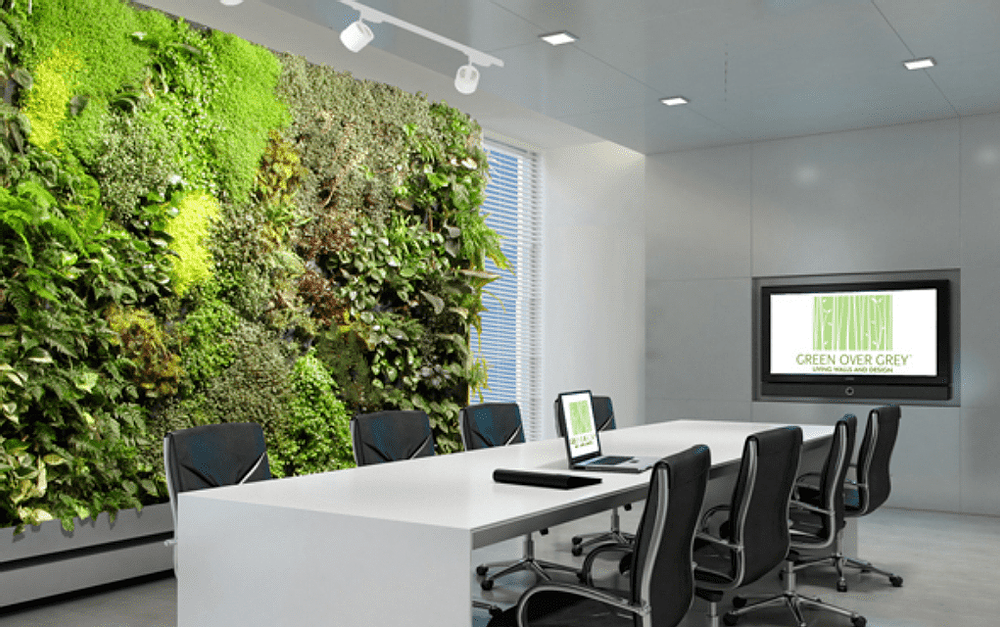
The good news is that plants – even small ones placed at your desk or in a corner - are hard to beat for aesthetics and their feel-good factor.
4. Pure Skies – an easy solution to improve indoor CO2 quickly
Pure Skies play a huge role in providing indoor spaces with a breath of fresh air, literally. Using an ingenious application of pulsed radio wave technology, Pure Skies broadcasts in the Wi-Fi range to accelerate the natural clearance of certain pollutants.
Pure Skies is one of the few products that reliably improves indoor CO2, typically by 20-40%.

Real-world data: Pure Skies gets the job done
Our recent indoor installations of Pure Skies have demonstrated a marked improvement in the indoor CO2 and other parameters of air quality.
In the office of a departmental store chain in Mumbai, indoor carbon dioxide levels were high – between 1400-1500 ppb on average.
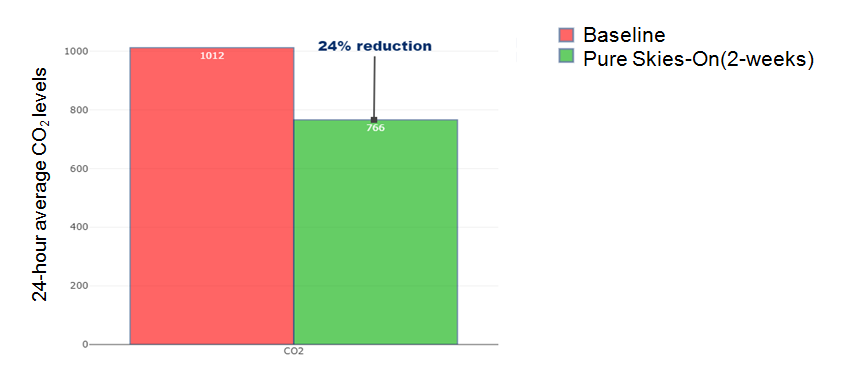
A pharma major beats indoor CO2 with Pure Skies
Another of Devic Earth’s customers, a multinational pharmaceutical company in Gujarat, was concerned about indoor CO2 levels at one of their regional offices.
The Devic Earth team installed a third party air quality monitor in this office and found that CO2 levels at baseline were – over 24 hours – within limits. However, there were many times during the workday that CO2 would exceed norms by 30 or 40%, as the number of people in the office increased.
After installing Pure Skies in the customer's office, average levels of indoor CO2 reduced by 39% in just two weeks.
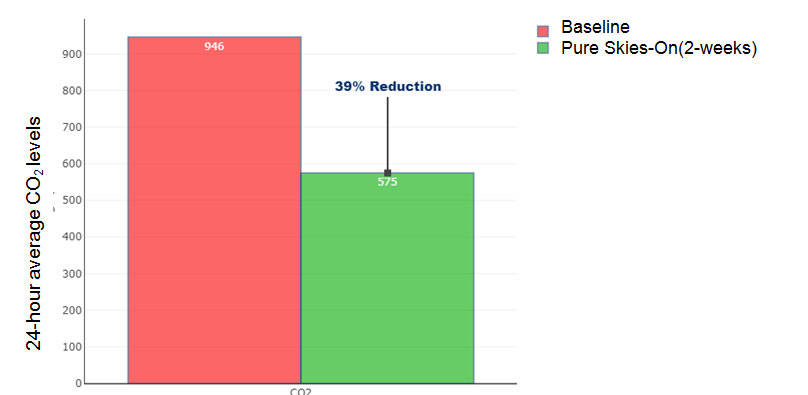
Indoor air quality – an overlooked source of cost savings

Unlike air purifiers that use HEPA filters or ESPs, Pure Skies is able to cover excess CO2 effectively – and actually improve that benefit over time, thanks to its AI powered smart technology.
Pure Skies provides clean air across an entire office at the lowest cost per unit area.
With multiple successes in improving indoor air quality, Pure Skies is an excellent option for indoor spaces where CO2 or other pollutants are a concern.

.svg)
.webp?width=1080&height=1080&name=Free%20Case%20Study%20Steel%20Plant%20(1).webp)
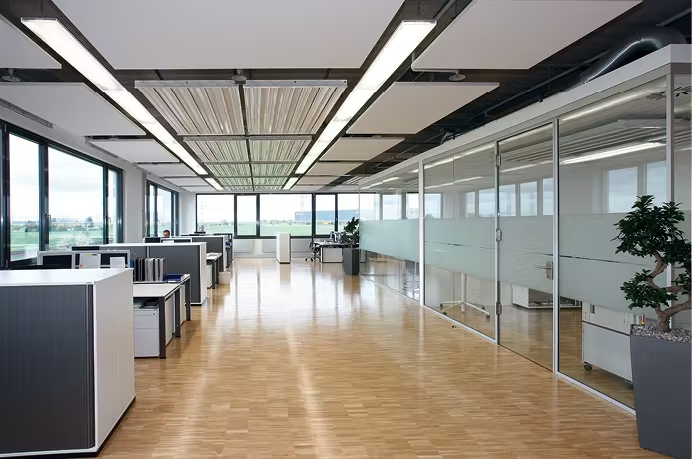
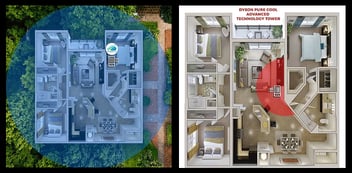




Post Comments